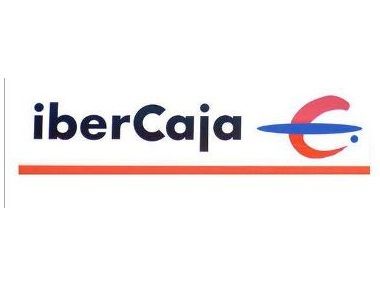A Tier 2 deal from Ibercaja Banco this week shone a light on the gamut of challenges facing smaller peripheral banks looking to bolster their balance sheets with subordinated debt.
The Spanish lender, which had been waiting to print a transaction since April, finally raised a €500m 10-year non-call five-year trade, though it was less than twice covered and priced at the wide end of the 4.875%–5% guidance.
That lukewarm response contrasted with the likes of HSBC and ABN AMRO, which drew €4.75bn and €8bn for their Tier 2s last month, and raises questions about the depth of demand from institutional investors for smaller, lesser known credits.
“Financial institutions are harder to assess and room for error is limited, as we have seen in the case of Banco Monte dei Paschi and, even worse, in case of Banco Espirito Santo. Banks are by definition mostly opaque institutions, so buying blue chips has paid in the past,” said Michael Huenseler, head of credit portfolio management at Assenagon.
Smaller banks, particularly in the periphery, have been able to source capital from a captive domestic retail market in the past, but this is changing as regulators clamp down on who can buy those bonds.
These credits, because of their location and nature, tend to face a range of challenges that national champions do not.
“[Ibercaja] has a high level of non-performing loans, a low CET1 ratio and a huge reliance on DTAs,” said Filippo Alloatti, a senior credit analyst at Hermes Investment Management. Ibercaja had a 9.62% fully loaded CET1 ratio in December 2014.
“While it did offer some pick-up over other Spanish banks, it was not enticing enough to justify a good performance of the bond,” said Alloatti.
Uphill battle
Idiosyncratic risk is not the only thing holding investors back. Bondholders’ mandate restrictions on holding sub-investment-grade debt can prove crippling for weaker banks issuing Tier 2 bonds. Ibercaja’s trade was rated B2/B/BB.
“[Tier 2] kind of falls between two stools,” said John Raymond, a senior banks analyst at CreditSights.
“People with IG mandates have a limited bucket of non-IG debt they can hold – and they’ll buy AT1 to get the high yield from some of the decent names. They’d rather buy non-IG [bonds] from issuers that at least have an IG senior rating, and get the yield that way.”
In the case of Ibercaja, the issuer had to lean on hedge funds to place the bonds, with 16% of the trade going to these investors.
Meanwhile, the infrequent nature of these issuers means that they lack an established benchmark curve and have fewer investors allocating their research capabilities to their names. Ibercaja’s deal was its inaugural public Tier 2 bond.
Potential lack of liquidity is another issue.
“The lack of trading and thus limited liquidity in secondary markets which could leave investors stuck in these positions is on everyone’s mind these days,” said Assenagon’s Huenseler.
Therefore, for some banks, the retail market remains the preferred option, despite the regulatory push to sell bonds away from that investor base.
Italy’s Banco Popolare Societa Cooperativa, for example, raised €500m of capital this week from retail investors at 437.5bp over three-month Euribor.
The lender mandated banks back in April for an institutional Tier 2 bond but that transaction has yet to surface. According to the investor presentation, the trade is expected to have Caa1/BB– ratings, lower than Ibercaja.
It is not all doom and gloom, however. Small banks with a strong underlying story can appeal to specialist investors willing to do the credit work.
“Sometimes, less well-known names offer better value. For some, smaller banks operating in the European periphery is a way to play economic recovery in these countries. It comes at the expense of higher risk because of locally concentrated credit portfolios, but this should be factored into any investment decision,” Huenseler said.
